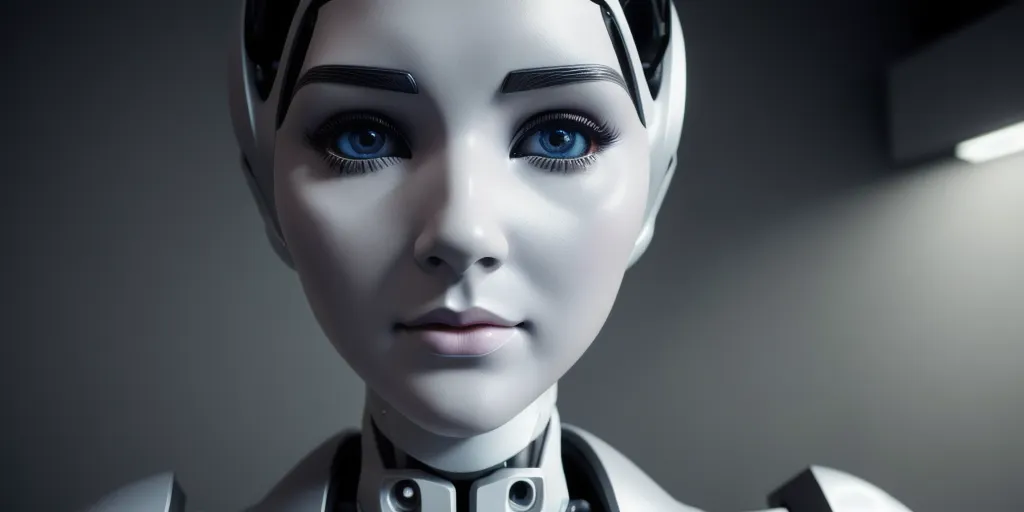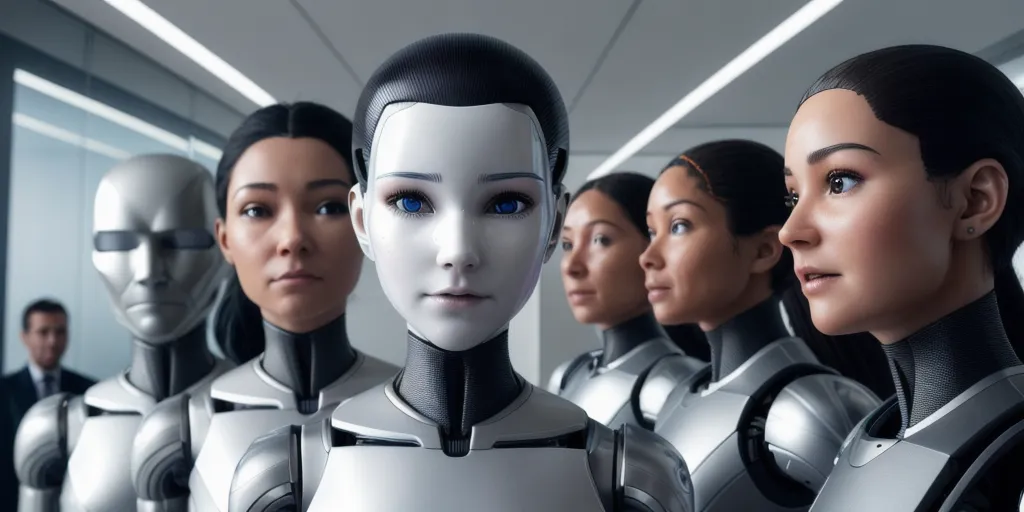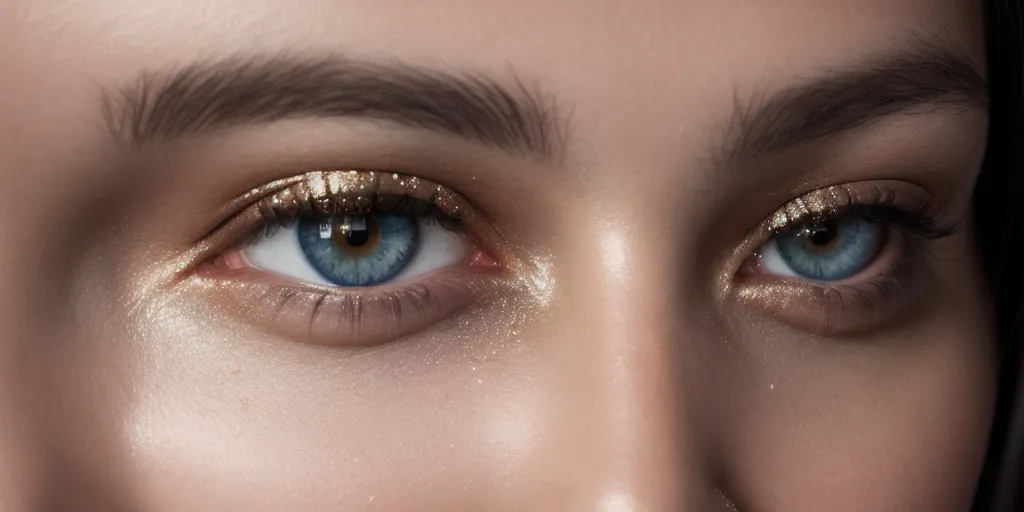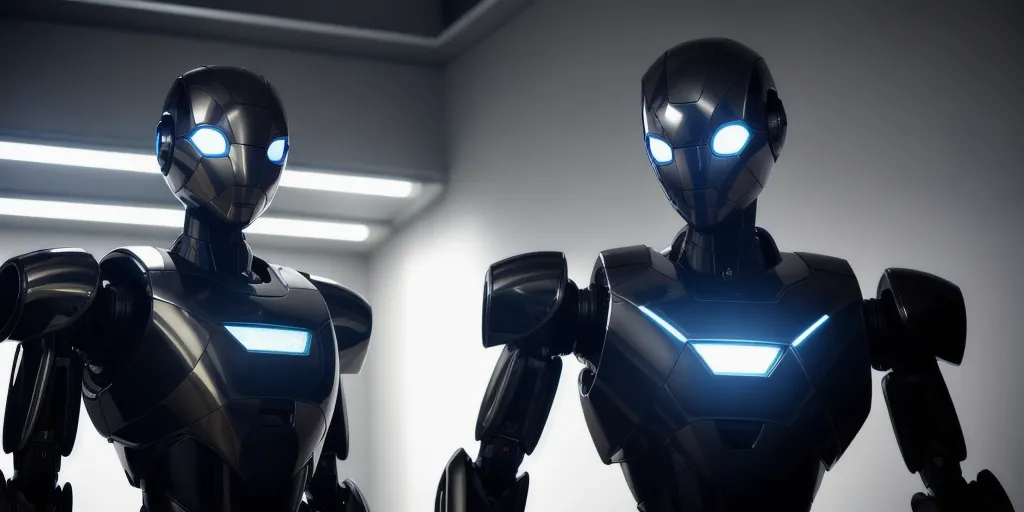AI-generated videos can often come across as creepy due to a variety of factors. One reason is the uncanny valley effect, where the video is almost realistic but not quite, creating a sense of unease in viewers.
This can be attributed to imperfections in facial expressions, movements, or overall appearance that make the AI-generated characters seem almost human, but not quite. Additionally, the lack of emotional depth or genuine human connection in these videos can make them feel hollow and unsettling.
The fact that these videos are created by algorithms rather than human creativity can also contribute to their eerie quality, as they lack the warmth and authenticity that comes from human artistry. Furthermore, the potential for misuse of AI-generated videos, such as deepfakes, adds to the unease surrounding them.
Overall, the combination of almost-realistic yet not-quite-there visuals, lack of emotional depth, and the artificial nature of AI-generated videos all contribute to their creepy and unsettling nature.
What factors contribute to the creepiness of ai-generated videos?

Several factors contribute to the creepiness of AI-generated videos. One key factor is the uncanny valley effect, where the AI-generated videos appear almost human-like but not quite, creating a sense of unease in viewers.
This discrepancy between the almost-real and the not-quite-real can trigger feelings of discomfort and fear. Another factor is the lack of emotional depth in AI-generated videos, as they are created based on algorithms and data rather than genuine human emotions. This can make the videos seem cold and robotic, further adding to their creepiness.
Additionally, the unpredictability of AI-generated content can be unsettling, as the videos can sometimes produce unexpected or bizarre results that defy logic or reason. The combination of these factors, along with the potential for AI to mimic human behavior and interactions, can contribute to the overall creepiness of AI-generated videos.
Overall, the eerie quality of these videos stems from their ability to mimic human-like qualities while still falling short in key areas, creating a sense of unease and discomfort in viewers.
How does the uncanny valley effect play a role in making ai-generated videos unsettling?

The uncanny valley effect plays a significant role in making AI-generated videos unsettling by creating a sense of unease or discomfort in viewers. This phenomenon occurs when humanoid robots or computer-generated characters closely resemble human beings but still have subtle imperfections that make them appear almost, but not quite, human.
In the context of AI-generated videos, this effect can be particularly pronounced when the digital avatars or characters exhibit realistic facial expressions, movements, or behaviors that are almost indistinguishable from those of real people.
However, despite their lifelike appearance, these AI-generated entities often lack the genuine emotions, empathy, or human-like qualities that are essential for establishing a true connection with viewers. As a result, the uncanny valley effect can lead to a sense of eeriness, creepiness, or even revulsion in audiences, as they are confronted with artificial beings that are almost but not quite human.
This disconnect between appearance and authenticity can create a sense of cognitive dissonance and emotional discomfort, ultimately making AI-generated videos unsettling to watch.
What makes ai-generated videos lack emotional depth and human connection?

AI-generated videos lack emotional depth and human connection primarily because they are created using algorithms and data rather than genuine human emotions and experiences. While AI technology has advanced significantly in recent years, it still struggles to accurately replicate the complexities of human emotions and interpersonal connections.
AI lacks the ability to truly understand and empathize with human emotions, leading to a lack of authenticity and depth in the videos it generates. Additionally, AI lacks the ability to draw from personal experiences and cultural nuances that are essential for creating emotionally resonant content.
Human emotions are complex and multifaceted, and AI simply does not possess the same level of emotional intelligence as humans do. As a result, AI-generated videos often come across as sterile and robotic, lacking the warmth and depth that human connections bring.
While AI technology continues to improve, it is unlikely to fully replicate the emotional depth and human connection that can be achieved through genuine human creativity and expression.
Why do ai-generated videos feel eerie due to their artificial nature?

AI-generated videos often feel eerie due to their artificial nature for several reasons. One key factor is the uncanny valley effect, where the video appears almost human-like but falls short in certain aspects, creating a sense of unease in viewers.
This discrepancy between the almost-real and the obviously artificial can trigger a feeling of discomfort or even fear. Additionally, AI-generated videos lack the human touch and emotional depth that is present in videos created by actual humans. This can make the content feel cold and detached, further contributing to the eerie feeling.
Furthermore, the flawless and seamless nature of AI-generated videos can come across as too perfect, leading to a sense of unease as it deviates from the imperfections and nuances that are typically present in human-made content.
Overall, the combination of the uncanny valley effect, lack of human touch, and flawless perfection in AI-generated videos all contribute to the eerie feeling that viewers often experience when watching them.